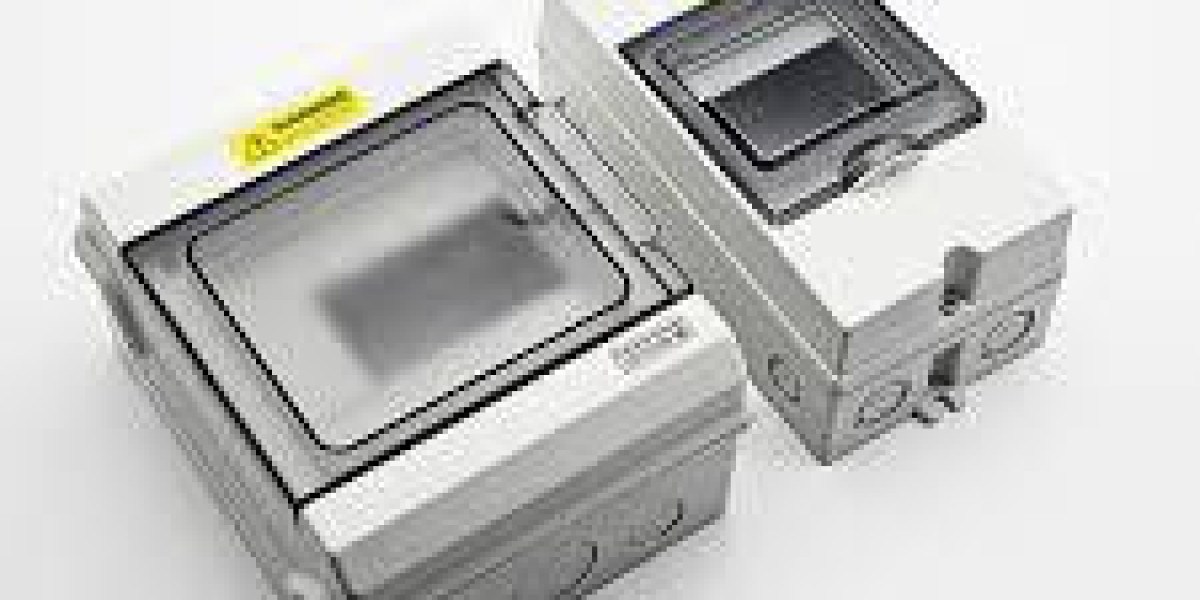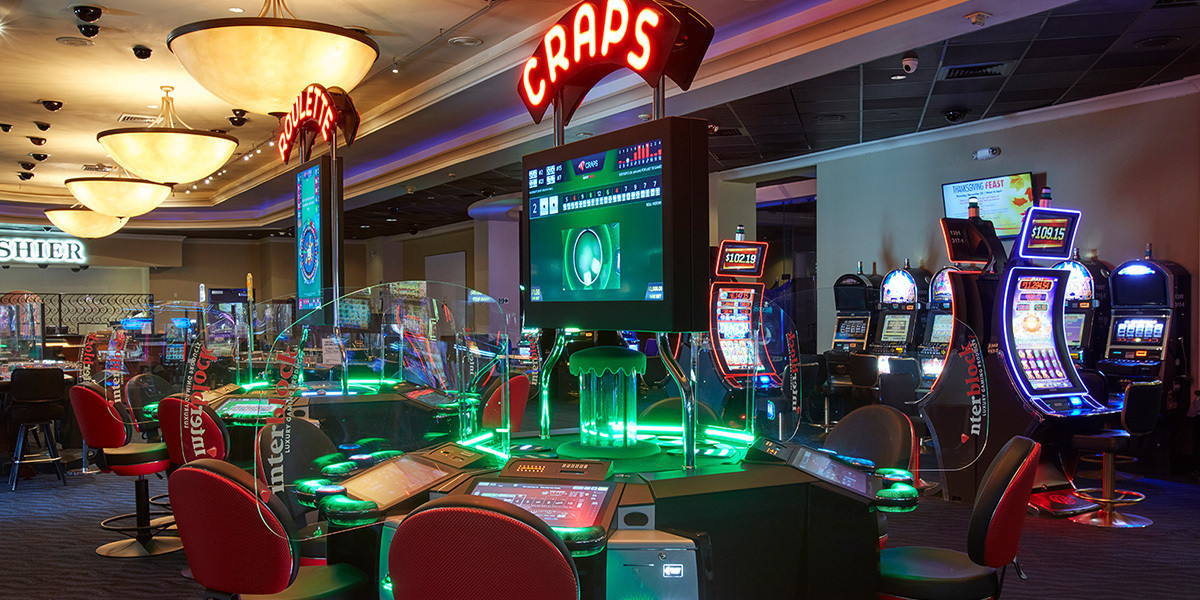Specifying the right enclosure at the start of a project prevents many field headaches, which is why selecting a Weatherproof db box that matches environment and load profiles is essential; choosing the correct Weatherproof db box early reduces corrosion, ingress-related failures, and unplanned downtime. Good procurement balances IP/IK requirements, material longevity, and installer-friendly features so systems remain safe and serviceable for years—this article breaks those decisions down for engineers, installers, and facility managers.
Materials and Corrosion Resistance
Material choice determines how an enclosure ages. UV-stable thermoplastics resist embrittlement and color fade under prolonged sun exposure, while powder-coated aluminum and stainless steel offer superior mechanical strength and corrosion resistance for industrial and coastal sites. Pay attention to the grade of fasteners and mounting hardware—stainless or marine-grade components prevent the common failure of attachment points. Gasket compounds such as EPDM or silicone preserve elasticity over wide temperature ranges; selecting the right compound helps maintain the sealing plane across seasons.
Sealing, Ratings, and Impact Protection
Objective ratings clarify performance: IP ratings indicate resistance to dust and water ingress, while IK ratings describe impact tolerance. For most exposed installations IP65 is a practical minimum; IP66/IP67 are recommended where direct jets, heavy spray, or temporary submersion are possible. IK08 and above improve survivability against accidental strikes or vandalism. When rating products, insist on independent test certificates and clear statements of the exact test conditions so field teams understand limitations during extreme events.
Nante Design Features That Matter
User-centered details dramatically reduce installation time and future maintenance. Look for removable mounting plates, captive screws that don’t fall into the cabin, pre-fitted gland plates, and multiple cable-entry options to accommodate future expansion. Clear internal labeling, DIN-rail compatibility, and adjustable mounting bosses simplify wiring layouts and upgrades. Thoughtful hinge designs, tamper-resistant fasteners, and replaceable gasket kits preserve sealing integrity during repeated servicing—features that shorten mean time to repair and reduce long-term lifecycle costs.
Thermal Management and Internal Layout Considerations
Enclosures that house transformers, drives, or communications equipment need thermal planning. Passive heat dissipation via heat-dissipating mounting plates, properly spaced component layouts, or conductive housings helps avoid hotspots. If forced ventilation or filtered fans are used, select solutions that retain IP protection or place filtered vents within protected recesses. Internal segregation of high- and low-voltage circuits, proper cable routing, and strain reliefs prevent conductor fatigue and ease troubleshooting—all valuable for safe, organized service work.
Installation Best Practices and Maintenance Routines
An enclosure’s performance depends as much on siting and mounting as on specification. Mount on stable, vibration-free surfaces and orient cable entries to avoid direct runoff. Use correctly sized cable glands and strain relief to maintain the sealing plane and protect conductors. Avoid compressing gaskets with overtightened fasteners that distort seals. Implement a simple inspection schedule—check gaskets, fastener torque, and visual ingress indicators annually or after major weather events. Proactive maintenance catches wear before it causes failures.
Applications, Modularity, and Future-Proof Planning
Outdoor socket boxes and distribution enclosures serve many roles: landscape and pool controls, solar combiner boxes, EV charge point peripherals, temporary site distribution, and industrial control junctions. Anticipate future needs by selecting deeper cabinets or modular interiors that can accommodate surge protection, communications gateways, or sensors. Standardized mounting footprints and spare-part compatibility reduce replacement costs and simplify logistics when upgrades are required.
Specifying durable, serviceable enclosures reduces downtime and protects people and equipment. Prioritize proven materials, appropriate IP/IK ratings, installer-friendly features, and a practical inspection plan to maximize service life and minimize surprises. For detailed product specifications, certified test data, and configurable options suited to diverse outdoor applications, visit www.nante.com/product/








